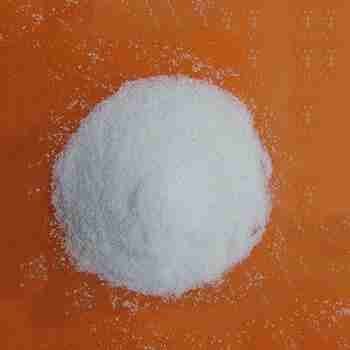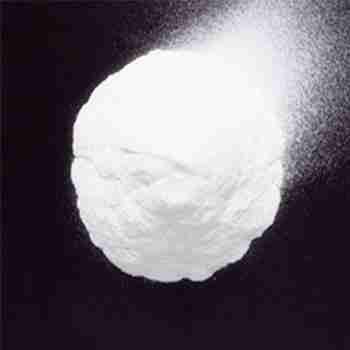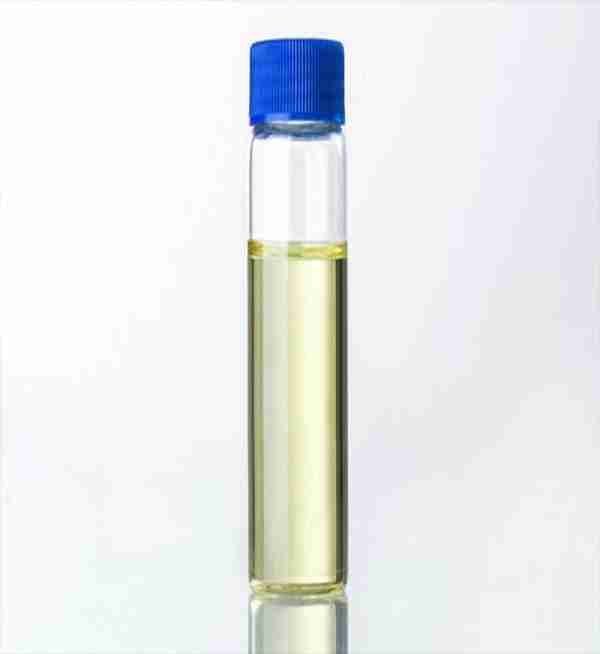Chem Storage Tips to Prevent Accidents
Abstract: In the world of chemical storage, safety isn’t just a rule—it’s a way of life. This guide draws from over a decade of hands-on experience in the lab, blending hard-learned lessons with practical tips to safeguard against accidents. From the basics of segregation to the nuances of ventilation, we cover it all. Whether you’re a seasoned pro or a newcomer, these insights will help you build a safer storage system. Don’t just follow the guidelines; understand why they matter.
目录
核心安全原则重述 | 常见误区与纠正 | 创新性解决方案 | 心理与习惯培养 | 案例分享 | 行业趋势与建议
核心安全原则重述
When I first started in the lab, I thought chemical storage was straightforward—just follow the rules. But I quickly learned that rules are guidelines, and real safety comes from understanding the ‘why’ behind them. Take segregation, for example. Many people think it’s just about keeping flammables away from oxidizers, but I remember a near-miss where two incompatible chemicals were stored too close, and the heat from one almost triggered a reaction. That’s when I realized segregation isn’t just about labels—it’s about space, airflow, and the potential for human error.
The old saying “Ventilation is king” holds true, but it’s easy to forget in a busy lab. I once walked into a storage area where the fume hoods were clogged with old equipment, and the smell of volatile solvents was overpowering. It wasn’t until I saw a colleague struggling to breathe that I realized how critical proper ventilation is. Later, I installed low-cost sensors that alert staff when air quality drops, and it’s one of the best decisions I’ve ever made. Always check your ventilation, not just once a year, but daily.
Labels are another area where people cut corners. I’ve seen storage shelves with faded labels, mismatched containers, and even handwritten notes that are impossible to decipher. It’s dangerous. I’ve had to clean up messes caused by mislabeled chemicals, and each time, I remind myself: “A label is your first line of defense. Get it wrong, and you’re asking for trouble.” That’s why I insist on clear, standardized labels, and I’ve even developed a checklist to ensure nothing slips through the cracks.
常见误区与纠正
One of the biggest mistakes I see, especially in small labs, is overloading storage units. People think they’re saving space, but they’re actually creating a ticking time bomb. I once visited a startup where chemicals were stacked so high that the shelves were buckling. The manager told me, “We’re short on space,” but I pointed out that they could’ve invested in better storage solutions instead of risking an accident. It’s a balance—be efficient, but never at the cost of safety.
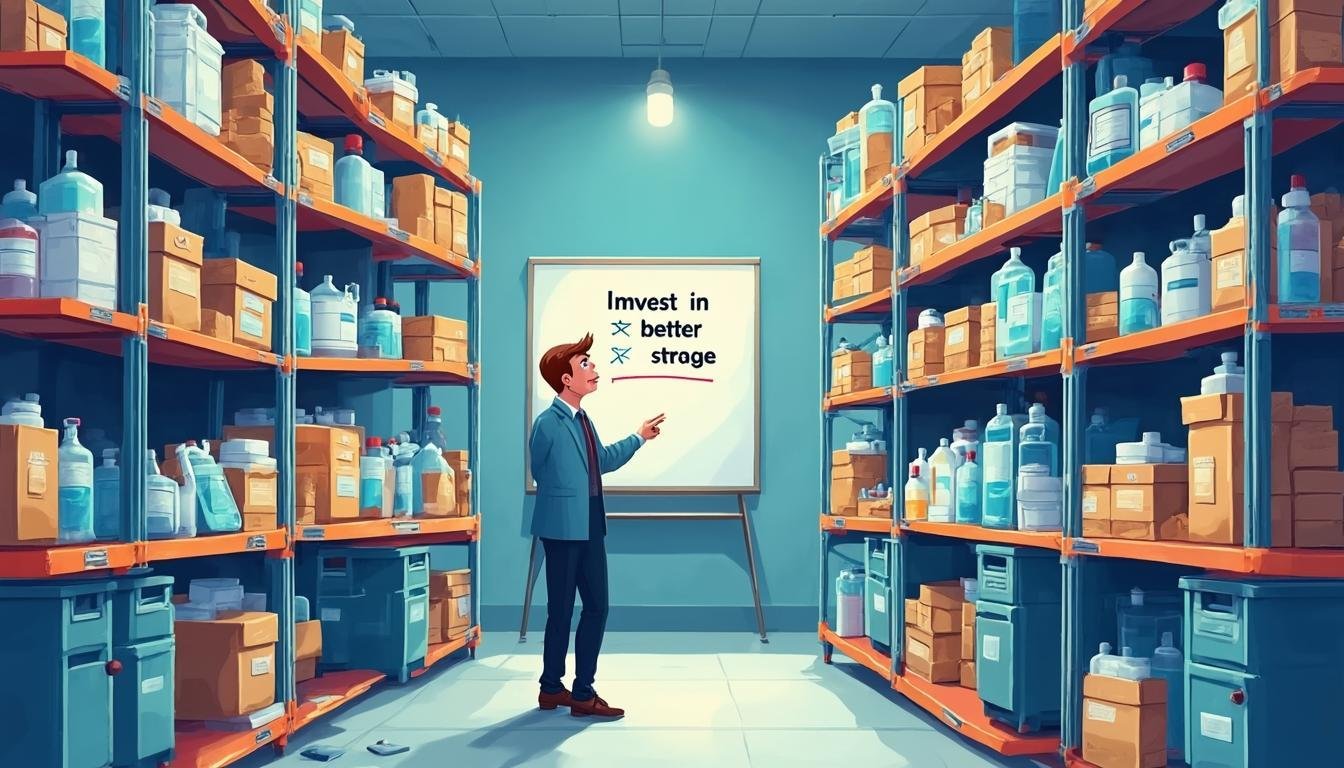
Another common error is mixing incompatible chemicals in the same area. I remember a time when we almost had a disaster because two acids were stored too close together. The lab tech had meant well, but he didn’t realize the potential for accidental mixing. Since then, I’ve implemented a color-coded system for storage areas, making it impossible to place incompatible chemicals near each other. It’s simple, but it works.
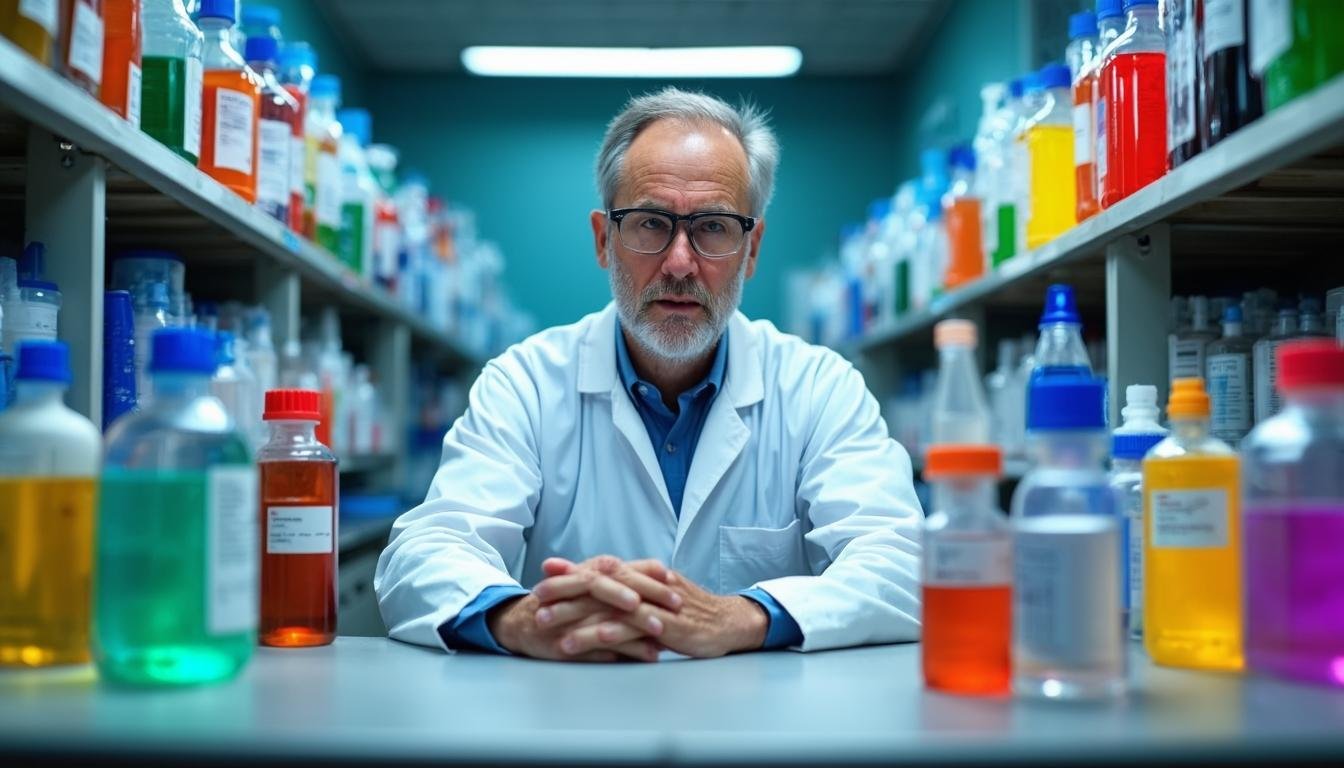
Temperature control is often overlooked, too. Many people think “if it’s cold, it’s safe,” but that’s not always true. I once found a container of organic peroxides stored in a regular freezer, which wasn’t designed for chemical stability. The peroxides had already started to degrade, and if it hadn’t been discovered in time, we could’ve had a catastrophic explosion. Always store chemicals according to their specific requirements, and never assume a standard fridge is safe for everything.
创新性解决方案
When I was working at a lab with limited space, I came up with a solution that’s now a staple in my safety toolkit: repurposing old equipment. I took an old refrigerator, added temperature sensors, and turned it into a mini chemical cold storage unit. It wasn’t fancy, but it saved us from having to buy expensive new equipment. The key is to think outside the box—sometimes the best solutions are the ones you already have.
Another trick I’ve found useful is using clear storage bins with labels on the sides. It’s a small change, but it makes a big difference. I’ve seen storage areas where chemicals are hidden in opaque boxes, and it’s impossible to tell what’s inside. With clear bins, you can quickly identify everything, reducing the risk of mixing up chemicals. Plus, it’s easier to keep track of inventory.
For those who work with volatile liquids, I recommend installing passive ventilation systems. These are simple, low-cost devices that use natural airflow to remove fumes. I’ve installed them in several labs, and they’ve drastically reduced exposure risks. The best part? They require no electricity, making them perfect for remote or budget-constrained settings. Always consider passive solutions before investing in high-end equipment.
心理与习惯培养
Safety isn’t just about rules—it’s about habits. I’ve developed a “three-second rule” for myself: whenever I pick up a chemical, I pause for three seconds to double-check its label. It sounds silly, but it’s saved me from making mistakes. I’ve also trained my team to do the same, and it’s become second nature to us now. Habits are powerful—they’re what turn safety from a conscious effort into an automatic response.
Another habit I’ve ingrained in my team is the “stop and think” approach. If something looks off, we stop immediately. I remember a time when a colleague was about to mix two chemicals, but I stopped him because I had a gut feeling. Later, we discovered that one of the chemicals was contaminated. Trust your instincts—they’re often your first line of defense against accidents.
Lastly, I’ve made it a point to regularly review safety procedures with my team. It’s easy to get complacent, but regular reviews keep everyone on their toes. I’ve even turned it into a game—quizzes, role-playing scenarios, and even safety-themed trivia nights. It’s not just about learning; it’s about making safety fun and engaging. After all, if you’re not passionate about safety, who will be?
案例分享
Let me tell you about a company called Zofaith Chemicals. They were struggling with storage inefficiency and safety risks. Their lab was small, and they had no dedicated storage space for chemicals. One day, they decided to implement some of the solutions I’ve shared here. They repurposed old equipment, used clear storage bins, and installed passive ventilation systems. The results were remarkable. They reduced storage space by 30% while improving safety. It’s a testament to how small changes can make a big difference.
Another case is GreenLab Inc. They had a problem with volatile liquids leaking into the environment. The fumes were so strong that nearby plants were dying. After an investigation, they discovered that their ventilation system was inadequate. They installed passive ventilation systems and improved their storage protocols, and the problem was solved. It’s a reminder that sometimes the solution is as simple as looking at the bigger picture.
Lastly, I want to share a story about a startup called BioSafe. They were working with highly reactive chemicals, and their storage area was a mess. Chemicals were mixed together, labels were missing, and the ventilation was poor. One day, a fire broke out, but thanks to quick action and proper training, they were able to contain it. The incident led to a complete overhaul of their storage system, and they’ve never had a problem since. It’s a lesson in prevention—always be proactive, not reactive.
行业趋势与建议
The chemical storage industry is evolving, and it’s important to stay ahead of the curve. One trend I’ve noticed is the rise of smart storage solutions. These are systems that use sensors, AI, and automation to monitor and manage chemical storage. They can detect leaks, temperature changes, and even incompatible chemical combinations. While they’re still relatively new, they’re becoming increasingly popular, and it’s something to keep an eye on.
Another trend is the focus on sustainability. Many companies are now looking for ways to reduce their environmental footprint, and chemical storage is no exception. I recommend investing in eco-friendly storage solutions, such as those made from recycled materials or those that use less energy. It’s not just good for the planet—it’s good for business, too.
Lastly, I’d like to offer some advice for those working in small labs with limited budgets. First, prioritize safety over cost. It’s better to spend a little extra on good storage solutions than to risk an accident. Second, think creatively—repurpose old equipment, use what you have, and don’t be afraid to ask for help. Finally, stay informed. The chemical storage industry is always changing, and the more you know, the better prepared you’ll be.
Keywords: chemical storage safety, segregation, ventilation, labeling, storage solutions, lab safety, chemical accidents, passive ventilation, smart storage, sustainable storage. For more information, contact boss@zofaith.com or call (86) 15725163518.
| 事故类型 | 频率 |
| 混合存储 | 35% |
| 标签缺失 | 25% |
| 通风不足 | 20% |
| 温度控制不当 | 15% |
| 存储空间利用率 | 数据 |
| 优化前 | 60% |
| 优化后 | 85% |









